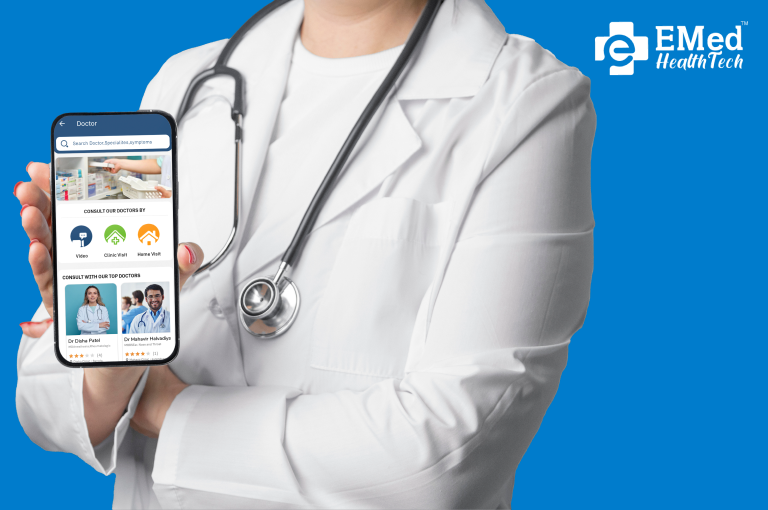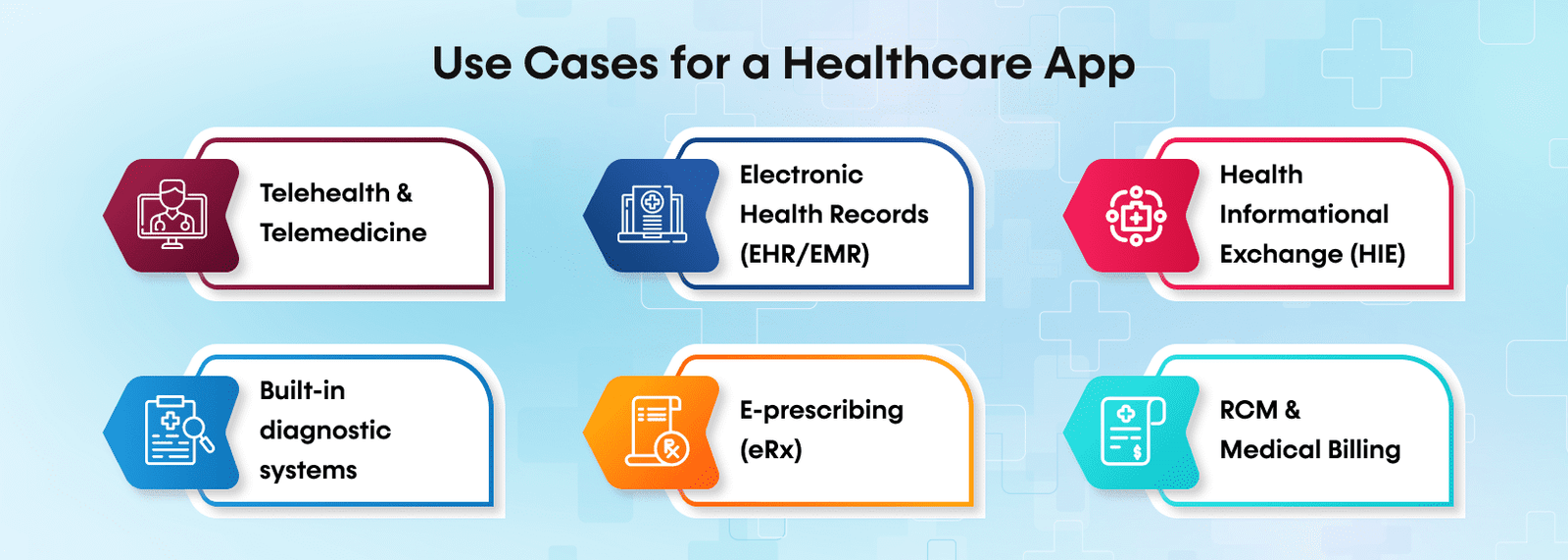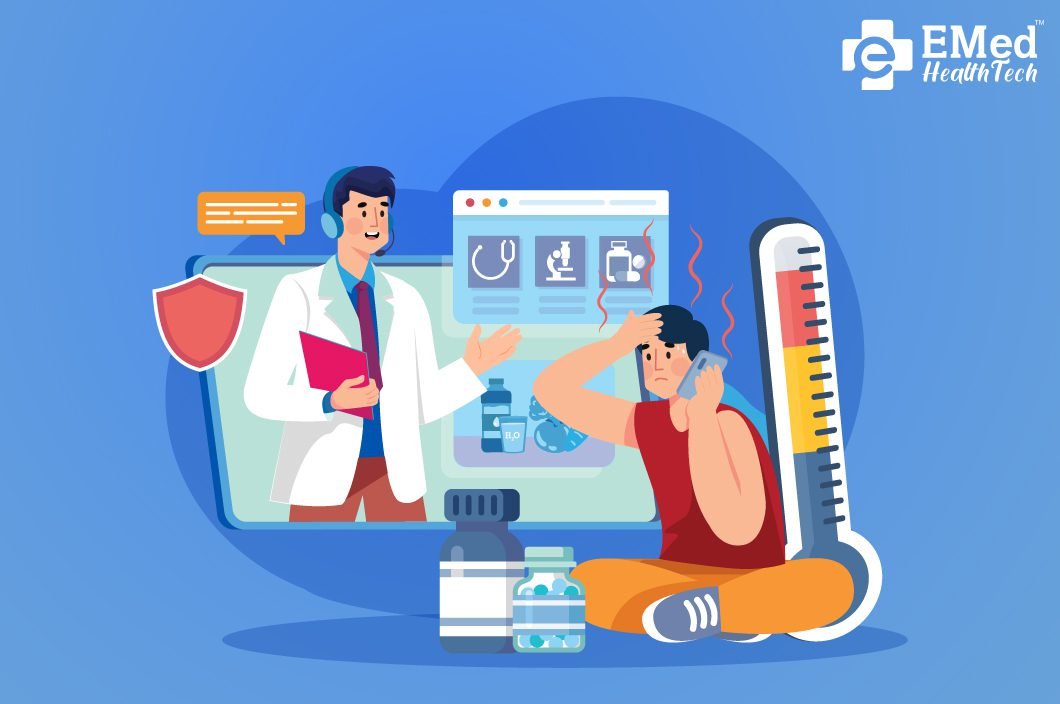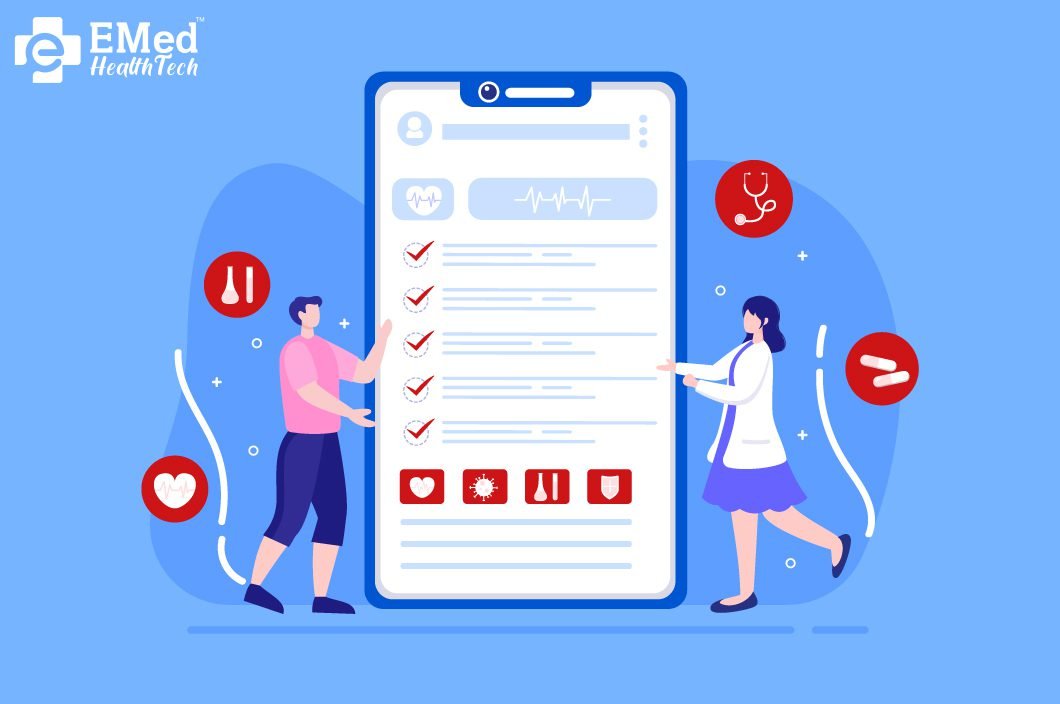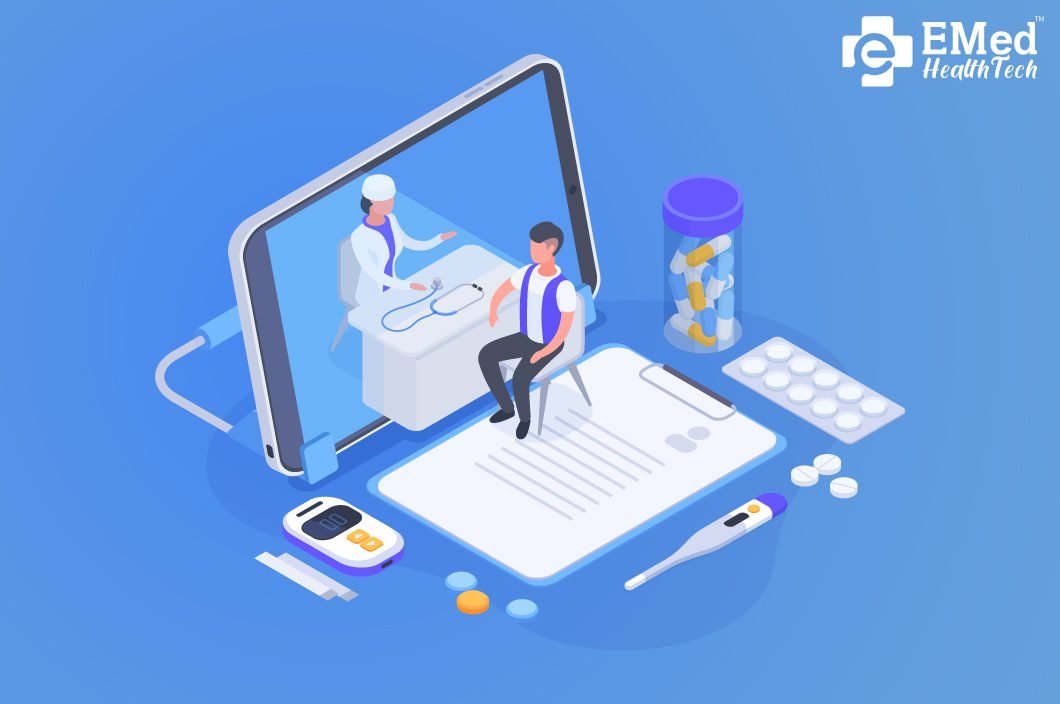The healthcare industry is rapidly advancing, with healthcare technology being integrated into it at all levels. Healthcare software development company plays a pivotal role in creating the right kind of software, hence bridging the gap between the user’s needs and technology. They develop innovative software solutions that help healthcare providers streamline operations and improve patient care. However, finding the right software development company for your healthcare business can be daunting.
There are numerous factors to consider, such as the company’s experience, expertise, and cost. In this comprehensive guide, we will walk you through the essential steps involved in hiring a healthcare software development company. We’ll provide you with valuable insights and tips that will help you make an informed decision and select the best software development partner for your healthcare business.
Healthcare Software Development Definition
Healthcare software development is the process of creating software applications and systems specifically designed to meet the needs and requirements of the healthcare industry. This can range from applications that help healthcare providers manage patient data and medical records to systems that improve patient care through telemedicine platforms, remote monitoring, and personalized medicine.
Healthcare software development companies use various technologies, programming languages, and software development methodologies to create innovative and effective solutions that improve healthcare delivery and outcomes. With the increasing demand for digital healthcare solutions, healthcare software development has become a crucial part of the healthcare industry, helping drive innovation and improve patient care. Here is an in-depth guide for custom healthcare software development.
6 Main Types of Healthcare Software Development
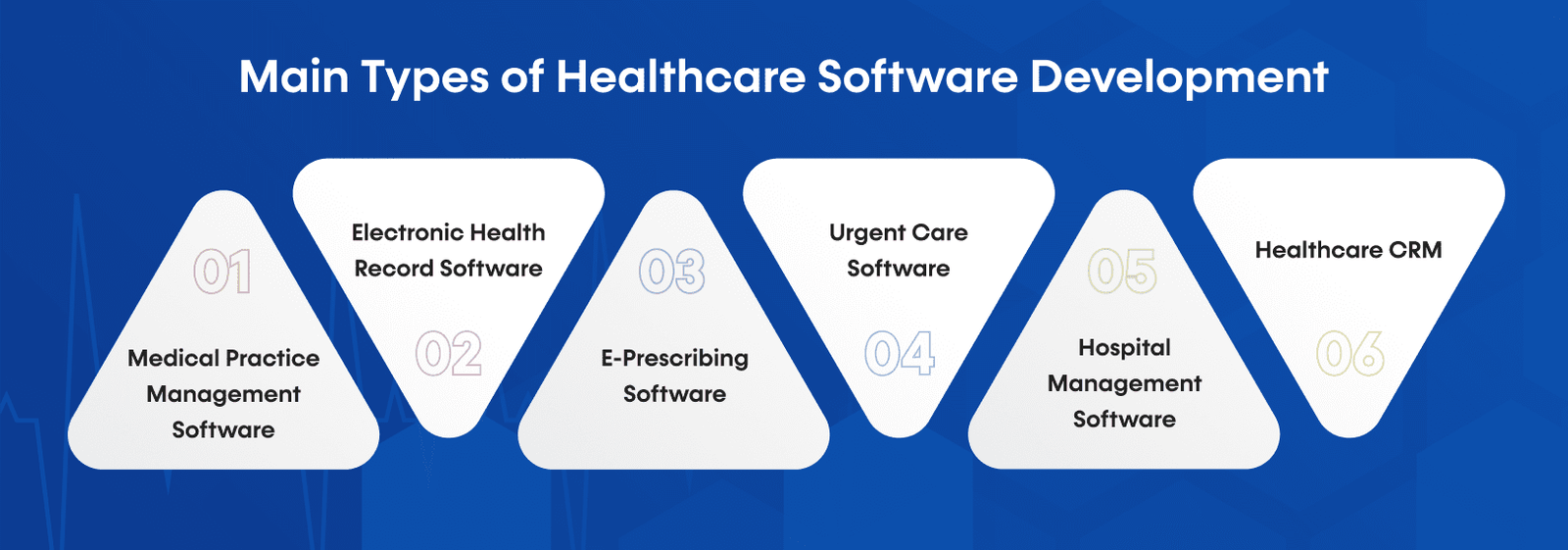
Healthcare software development has revolutionized the healthcare industry by streamlining healthcare processes and improving patient care. There are several main types of healthcare software development that have emerged to cater to specific healthcare needs.
1. Medical Practice Management Software:
– Manages appointments, patient data, and billing
– Helps healthcare providers streamline workflow and increase productivity
2. Electronic Health Record Software:
– A digital version of patients’ medical records
– Enhances patient care and communication among healthcare providers
3. E-Prescribing Software:
– Allows physicians to send prescriptions to pharmacies electronically
– Improves prescription accuracy and reduces errors
4. Urgent Care Software:
– Supports efficient triage and clinical decision-making
– Automates clinical documentation and billing
5. Hospital Management Software:
– Manages hospital operations and patient care
– Tracks patient data, schedules appointments, and billing
6. Healthcare CRM:
– Manages patient relationships and communication
– Helps healthcare providers engage with patients and improve patient satisfaction
6 Factors to Consider When Hiring a Healthcare Software Development Company
Choosing the right company to develop your healthcare software is crucial, as it directly affects the quality and effectiveness of your software. Here are some factors to consider when hiring a healthcare software development company:
– Understanding healthcare provider’s needs and requirements
Working with a company that takes the time to understand the healthcare provider’s needs, workflow, and goals is essential. They must be able to design and develop a custom solution that meets your organization’s unique requirements. As there are key differences between readymade solutions and custom healthcare software.
– Experience in healthcare software development
Hiring a company with experience in healthcare software development ensures that they are aware of the challenges and requirements of the healthcare industry.
– Technical expertise and experience in software development
The company should have a team of experienced developers with a strong technical background in software development. They should have knowledge of different programming languages and frameworks.
– Communication skills and ability to work in a team
The company should have a team of developers who can communicate effectively with the healthcare provider’s team, work collaboratively, and address concerns.
– Regulatory compliance and security
Working with a company that understands the importance of regulatory compliance and security in healthcare software development is essential. They should be aware of HIPAA regulations and other industry-specific regulations.
– Ongoing support and maintenance services
The company should provide ongoing support and maintenance services to ensure that the software runs smoothly and remains up-to-date with new developments in the industry.
5 Steps to Follow When Hiring a Healthcare Software Development Company
When it comes to hiring a healthcare software development company, there are several crucial steps to follow. Here is a step-by-step guide to help you navigate the process:
1. Identify your healthcare organization’s software development needs:
Determine the specific software development needs of your healthcare organization, including the type of software required and the features that will be most beneficial.
2. Research and compile a list of potential healthcare software development companies:
Conduct research to identify potential healthcare software development companies that specialize in your specific needs. Consider the company’s experience, reputation, and track record.
3. Evaluate the companies based on their experience, expertise, communication skills, regulatory compliance, and ongoing support services:
Once you have a list of potential companies, evaluate them based on the following criteria:
– Experience and expertise in healthcare software development
– Communication skills and ability to work in a team
– Regulatory compliance and security measures
– Ongoing support and maintenance services
4. Shortlist the companies and interview them to learn more about their work process, team, and communication skills:
After evaluating the companies, shortlist the top candidates and schedule interviews to learn more about their work process, team, and communication skills. This will help you understand how they approach healthcare software development and how they collaborate with clients.
5. Select the healthcare software development company that best meets your requirements:
Choose the healthcare software development company that best meets your requirements based on their experience, expertise, communication skills, regulatory compliance, ongoing support services, and overall fit with your organization’s needs and culture.
5 Key Benefits of Hiring a Healthcare Software Development Company

Hiring a healthcare software development company can benefit healthcare providers looking to improve patient care and outcomes. Here are some of the key benefits:
– Improved Patient Care: Healthcare software development companies can create custom software solutions that are tailored to the unique needs of a healthcare organization. This can lead to more efficient processes, streamlined workflows, and better patient outcomes. Please check how the adoption of healthcare IT solutions helps to improve patient care.
– Custom Solutions: Off-the-shelf software solutions may not always meet the specific needs of a healthcare organization. By hiring a healthcare software development company, providers can get customized solutions that are designed to meet their exact needs.
– Cost and Time Savings: While custom software development can seem like a big investment upfront, it can actually save healthcare providers time and money in the long run. Custom solutions can automate processes, eliminate redundancies, and reduce errors, all of which can save time and money.
– Competitive advantage: Custom software solutions can give healthcare providers a competitive edge by providing unique features and functionalities that differentiate them from their competitors.
– Increased efficiency: Healthcare software development companies can create custom solutions that streamline workflows and automate tasks, leading to improved efficiency and productivity for healthcare providers.
All of these make hiring a healthcare software development company a great prospect.
Summing Up
Embracing technology is the way to go for any industry in this era. Integrating technology into your workflow can significantly improve patient outcomes, satisfaction, and business profit. Find out how technology is changing the future of the healthcare industry and medical software development. However, while hiring a custom software development company, it is essential to carefully consider the factors mentioned above when selecting a healthcare software development company to ensure the best outcome. We at EMed HealthTech understand the unique challenges healthcare providers face and offer custom healthcare software solutions tailored to their specific needs. Contact us today to learn more about our services and how we can help improve your healthcare practice.





